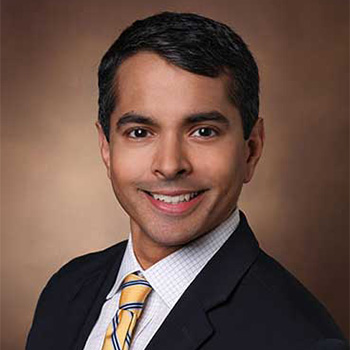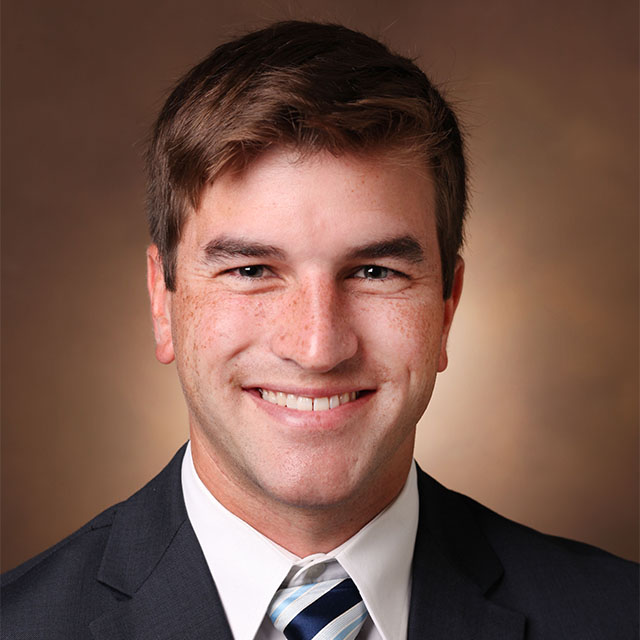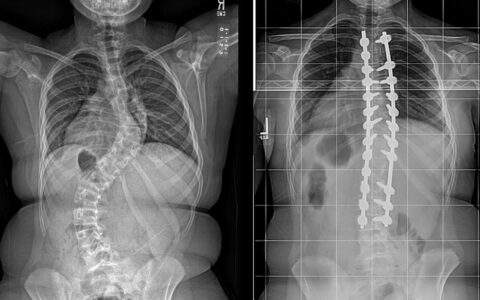Traditionally, the response to a non-replantable traumatic limb injury was limited to “amputate, fit with a prosthetic, and send home,” recall a duo of orthopaedic surgeons at Vanderbilt University Medical Center. Today, the challenges of attending to pain in limb loss and opportunities for functional restoration are met with a broadening array of solutions.
Mihir Desai, M.D. and Jed Maslow, M.D., also hand surgery specialists, team up to offer customized limb procedures to people with both old and new amputations. Their clinic is one of just a few in the U.S. to focus specifically on upper and lower extremity limb loss pain.
“When I started out, success or failure was viewed in terms of salvage,” Maslow said. “That’s not the case anymore. As soon as I see a patient with an amputation, my thought is reconstruction. How can I help the patient get back lost function and minimize their pain?”
“As soon as I see a patient with an amputation, my thought is reconstruction. How can I help the patient get back lost function and minimize their pain?”
The Painful Toll of Limb Loss
Many patients with old amputations suffer in silence for years, Maslow says. “We see so many people who didn’t know there was an option that may give them long lasting relief. After their surgery, it may be the first time in years that they’ve not had pain.”
Desai says that new surgical techniques are helping reduce pain for limb loss patients. “The surgeries that we’re able to perform for these patients have led to an initial decrease in narcotic consumption immediately after surgery.”
The team recently performed an upper extremity amputation at the chest level, and the patient was on nothing but acetaminophen two days after surgery. “It was the first time in five years he had been off narcotics,” Desai said.
Techniques for Pain Alleviation
For patients with amputations and chronic pain, the culprit is often a neuroma that can form at the severed nerve endings. Through targeted muscle regeneration (TMR), the surgeons transfer and graft these nerves to redundant nerves in nearby muscles. “These injured, cut nerves are firing, so we give them a target, which can eliminate phantom pain,” Maslow explained.
When used outside the acute treatment phase, TMR may also involve bypassing the traumatized limb or tumor site altogether. “With a below-the-knee injury, we might work in the upper leg, re-rerouting the nerves that are severed higher up in the leg. This avoids the zone of injury at the amputation site further down,” Desai said.
“The surgeries that we’re able to perform for these patients have led to an initial decrease in narcotic consumption immediately after surgery.”
TMR has the added benefit of enabling sensor communications with prosthetics. Said Maslow, “In the upper extremity you are trying to do whatever you can to communicate with the myoelectric prosthesis to create improved, more natural function. For these patients, TMR can be an ideal tool.”
Not every injury calls for TMR. When communications with a prosthetic are not a primary concern, the team may perform a regenerative peripheral nerve interface (RPNI) procedure after the amputation. In RPNI, surgeons wrap a nerve in a cuff formed from free muscle grafts. The nerve grows into the cuff, providing the target it needs so it doesn’t form a neuroma.
Prerequisite for Functional Improvement
Functional improvements are substantially impaired by pain. “For patients with upper extremity injury, pain alleviation hastens the progression to a myoeletric prosthesis,” Maslow said. “It can drastically affect their ability to take care of themselves and their families.” He noted the majority of the traumatic injuries occur in younger patients still within their working years. “When resolved, they can often return to similar jobs to those they had before.”
For patients with lower body amputations, Maslow says pain alleviation enables them to mobilize a lot faster, work with therapy much quicker and put their injury behind them faster.
The orthopaedic limb loss clinic at Vanderbilt currently offers occupational therapy services, but Desai and Maslow hope to add mental health specialists to the team soon. “These injuries are not life-ending, but they’re certainly life-changing,” Desai said. “By addressing pain from all angles, we can help patients functionally, emotionally and mentally.”






